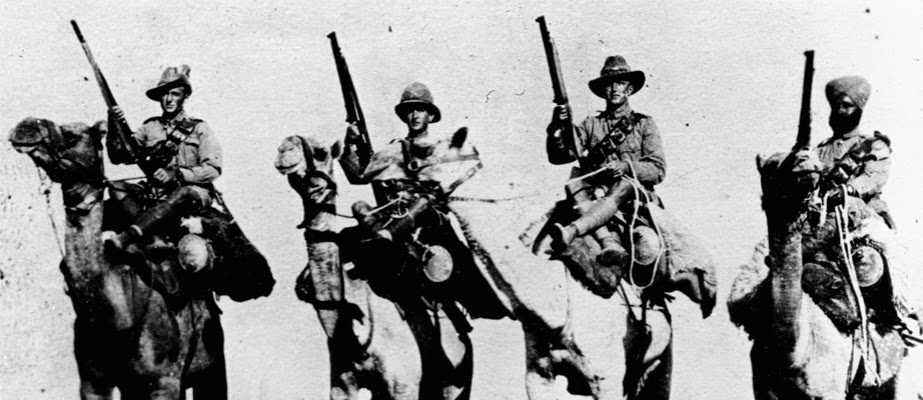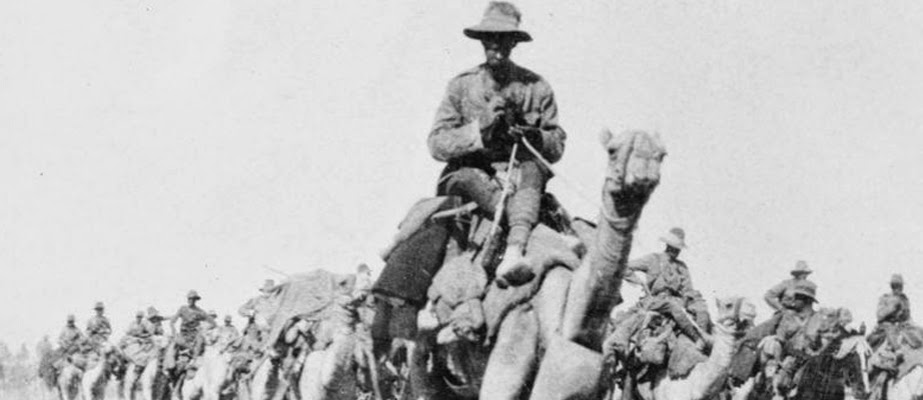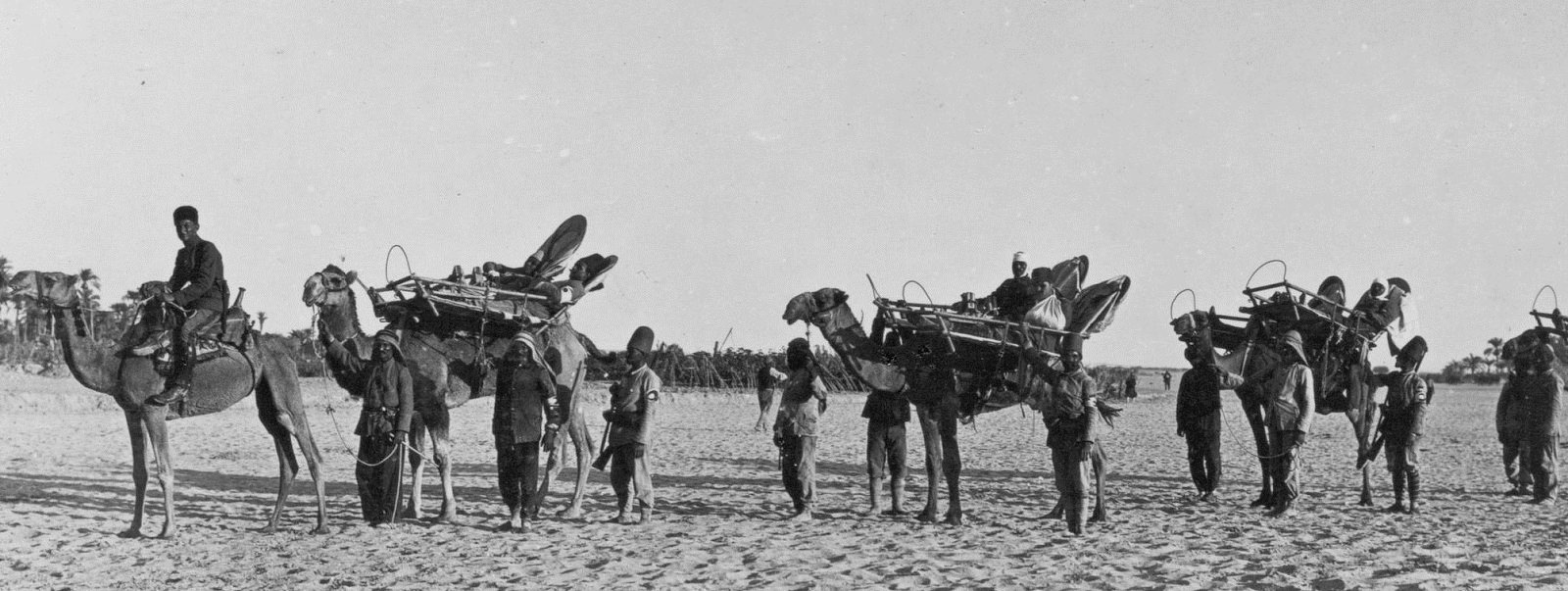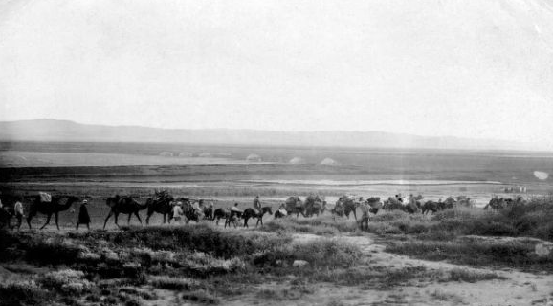VIDEO: Israel's Amazing Qumran Caves
Wednesday, April 29, 2015 | Israel Today Staff
In 1946, a Bedouin shepherd went looking for a lost goat and instead found a series of ancient caves that ended up shedding a tremendous amount of light on the early Jewish communities living in the area.
The Qumran Caves and nearby settlement, since partially uncovered in excavations, tell the story of the Essene sect of religious Jews, and contained some of the oldest copies of the Scriptures ever found.
The entire area is today open to visitors and is a popular hiking spot for Israelis. For those who can’t make it in person, local film producer Amir Aloni has provided the following drone’s eye view of Qumran.
Want more news from Israel?
Click Here to sign up for our FREE daily email updates from ISRAEL TODAY.
Click Here to sign up for our FREE daily email updates from ISRAEL TODAY.



















